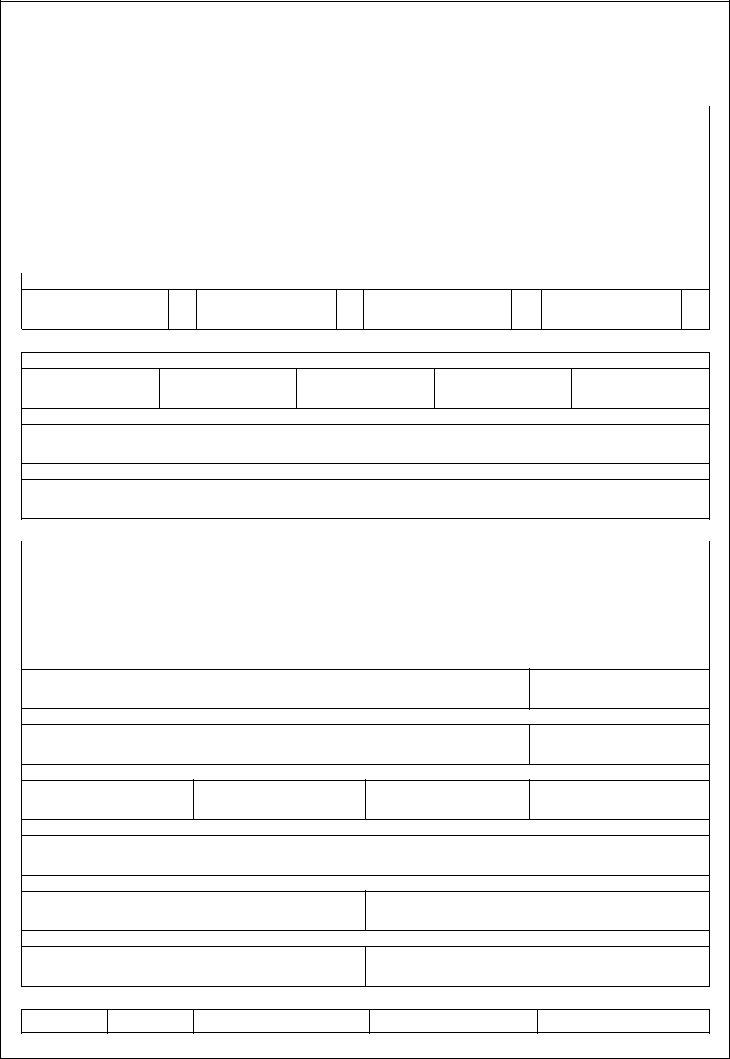In today’s educational landscape, proficiency in grammar remains a cornerstone of effective communication and literacy. Among the tools designed to refine these skills in learners, the Grammar Hammer form stands out as a comprehensive diagnostic and reinforcement instrument. Tailored for a Stage 3 audience, it encapsulates a broad spectrum of linguistic challenges, from identifying prefixes that transform words into nouns, to discerning the correct homophones and spellings in given contexts. It further engages students in exercises aimed at arranging words in alphabetical order and expanding their vocabulary through synonym identification. The form also delves into the crucial aspects of sentence structure, prompting learners to unite clauses into compound sentences, introduce complexity with sentence openers, and select the appropriate tenses and prepositions to complete thoughts coherently. Additionally, it underscores the significance of fronted adverbials in enriching narrative details, the choice between 'a' and 'an' before various sounds, and the identification of subordinate clauses. Mastery of apostrophe use for contractions and possession, along with correct punctuation of direct speech, represents another dimension of the linguistic proficiency that the form aims to cultivate. By stratifying performance into red, yellow, and green categories, it offers a clear framework for assessing and encouraging progress in mastering the nuances of English grammar.
| Question | Answer |
|---|---|
| Form Name | Grammar Hammer Form |
| Form Length | 1 pages |
| Fillable? | No |
| Fillable fields | 0 |
| Avg. time to fill out | 15 sec |
| Other names | grammar hammer year 6, underline, grammar hammer skills check, grammar hammer website |

Stage 3 |
|
|
|
|
|
|
Grammar Hammer |
|
|
|
Skill Check 1 |
|||||
Name: ______________________________________ |
|
Class: _________ |
Date: ______________ |
|||||||||||||
|
|
|
|
|
|
|
|
|
|
|
|
|
||||
1 and 2. Underline the prefix which forms a noun when added to the given word (in bold). |
|
|
|
|
||||||||||||
|
super |
anti |
|
auto |
|
man |
|
super |
|
anti |
auto |
|
pilot |
|||
|
|
|
|
|
|
|
|
|
|
|
|
|
|
|||
3. |
Underline the correct homophone to use in this sentence. |
4. |
Underline the correct homophone to use in this sentence. |
|||||||||||||
|
He bought a ( cheep / cheap ) car. |
|
I ( past / passed ) the test. |
|||||||||||||
|
|
|
|
|
|
|
|
|
||||||||
5. |
Underline the word with the correct spelling. |
|
6. |
Underline the word with the correct spelling. |
||||||||||||
|
fownd |
|
|
foand |
|
found |
|
fracshun |
fraction |
|
fracsion |
|||||
|
|
|
|
|
|
|
|
|
|
|
|
|
|
|
|
|
7 and 8. Number the words to put in alphabetical order. You may need to use the first, second or even third letter of the word.
fog
frog
fly
fall
9. Underline the synonyms for the word in bold to make a word family.
big
hugeweird
enormous
tiny
10. Write a conjunction to connect the two main clauses (or sentences) into a compound sentence.
My friend invited me to a party |
I do not want to go. |
11. Write a sentence opener which will create a complex sentence.
my friend invited me to a party, I do not want to go.
12. |
Underline the best verb to complete the sentence. |
13. |
Underline the best verb to complete the sentence. |
||
|
He has ( went / gone ) out to play. |
|
She ( went / gone ) to the party. |
||
|
|
|
|
|
|
14. |
Write the past tense of this verb. |
15. |
Write the past tense of this verb. |
||
|
walk |
|
|
throw |
|
|
|
|
|
|
|
16. |
Underline the best preposition to complete this sentence. |
|
|
|
|
A tree was blown down __________ the storm.
(before/during/after)
17 and 18. Underline the fronted adverbials that help tell us more about when an action happened.
Earlier, … |
It is likely, … |
Possibly, … |
|
|
|
Later that day,…
19 and 20. Underline the word which goes before a noun starting with a consonant or a vowel sound.
a / an
Horse
a / an
Elephant
21. Underline the subordinate clause in this sentence.
The wind was so cold that I put on a coat.
22 and 23. Punctuate the sentences using the apostrophe ( ’ ) to show contraction or possession.
I d o n t like d a d s new car.
I c a n t find A m y s book.
24 and 25. Punctuate the direct speech in these sentences using inverted commas (speech marks “ ”).
Where to? asked the bus driver.
Town please, the passenger answered.
TOTAL:
Red (0 – 9)
Yellow (10 – 19)
Green (20 – 25)